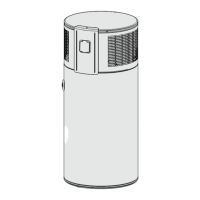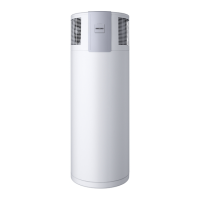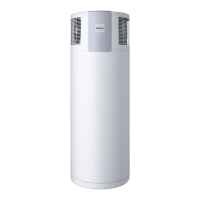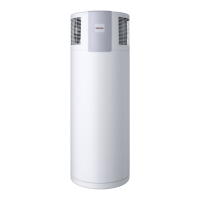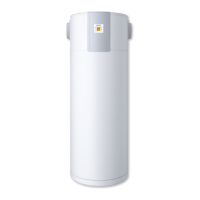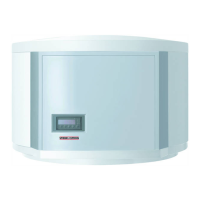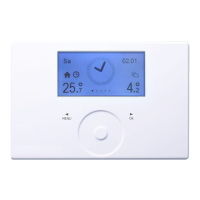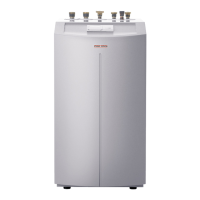14 | WWK 220-300 electronic www.stiebel-eltron.com
INSTALLATION
Preparations
D0000034797
1
1 Recessed grips
Transport from vehicle to installation room
The cardboard box has reinforced recessed grips along the top.
You can use these recessed grips, as well as the pallet at the lower
end, to carry the appliance into the installation room. Take note
of the weight of the appliance and ensure a sufficient number of
personnel is available for handling the appliance.
9.2 Storage
If it is necessary to store the appliance for a prolonged period
before installation, observe the following information:
- Only store the appliance in a vertical position. Never store
the appliance horizontally.
- Store the appliance in a location that is dry and largely
dust-free.
- Protect the appliance from coming into contact with corrosive
substances.
- Ensure the appliance is not subjected to shocks or vibrations.
9.3 Installation site
The appliance is not approved for outdoor installation.
Further requirements regarding the installation room and appli-
ance positioning, to prevent appliance damage:
- The installation site must be free from flammable, highly
combustible gases and substances, as well as high levels of
dust.
- The installation room must be free from the risk of frost.
- The intake temperature of the appliance must be within the
permissible application limits (see chapter "Specification/
Data table").
- The floor of the installation room must be level and have
sufficient load bearing capacity. Take note of the weight of
the appliance with a full DHW cylinder (see "Specification/
Data table"). A floor with insufficient load bearing capacity is
in danger of collapse. If the appliance is not evenly balanced,
there may be a risk of appliance damage.
- The size of the installation room must correspond to the ap-
plication limits of the appliance (see chapter "Specification/
Data table").
- Observe the safety clearances and protection zones.
- Always leave sufficient space to provide access for instal-
lation, maintenance and cleaning. Observe the required
minimum clearances (see chapter "Preparations/ Siting the
appliance").
- Ensure the operation of other equipment in the installation
room is not impaired.
- To keep the duct lengths as short as possible, we recommend
installing the appliance close to the kitchen or bathroom.
- To prevent adverse effects from operating noise, never install
the appliance close to bedrooms.
The following installation sites are not permissible, due to risk of
appliance damage:
- Locations where the air is contaminated with oil or grease
- Saline environments
- Environments with thermal water
- Areas in proximity to high frequency machines
- Places where the air contains ammonia (e.g.sewage works)
- Places where the air contains chlorine (e.g.swimming pools)
- Generally places where the air is strongly contaminated, e.g.
due to dust, or contains aggressive substances
Note
The performance data indicated for this appliance has
been determined in line with the relevant standard, that
is at an intake temperature of 15°C. Below 15°C the
efficiency of the appliance decreases.
Note
You can improve the efficiency of the appliance by utilis-
ing the waste heat from other appliances to heat the DHW
cylinder, e.g. boilers, tumble dryers or freezers.
Sound emissions
The sound emissions are louder on the air intake and air discharge
sides of the appliance than on the closed sides.
Never direct the air intake or air discharge towards
noise-sensitive rooms of the house, e.g. bedrooms.
Note
For details on sounds emissions, see chapter "Specifica-
tion/ Data table".
314104-38523-9034_WWK_220-300_electronic_en_pl.indb 14 24.02.2015 10:33:33
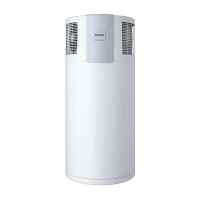
